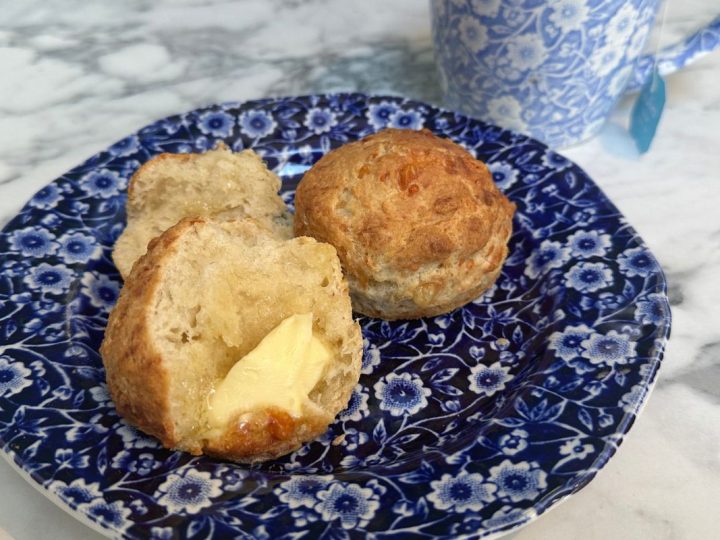One of the fun – if somewhat occasionally challenging – aspects of parenting is developing children’s palates. Many people say that the French have mastered the art of developing a broad palate in young mouths. We’re curious as to how, so the team at Hampshire Cheese Company have explored how to encourage children to approach new foods with open-mindedness.
Developing a child’s palate:
- All five flavour profiles: Humans are born with the ability to taste five flavours: sweet, salty, sour, bitter and umami. Yet most children tend to favour just two: sweet and salty. Believe it or not, children are in fact sensitive to the richness of foods and can better appreciate them.
- Observation: Behaviour is learned through imitation, parents themselves should actively try new foods to encourage culinary exploration.
- Variety: The French are notorious for instilling adventurous eating habits in their children. From the age of three, French school meals consist of four courses: a salad to start, the main course, cheese, and then dessert. These change on a regular basis and new flavours are easily introduced!
- Yes, cheese! We often stay in our comfort zone, introducing seemingly simple cheeses from a young age. However, cheese can be used to your advantage! It’s the perfect food to help encourage your child to develop their palate. This is because cheese comes in a variety of stimulating flavours and textures that will push the boundaries of a child’s preference for sweet and salty.
Our tips for introducing cheese to children:
The variety of home produced British cheese have expanded exponentially in recent years. We can therefore shop locally to develop our children’s palate and encourage culinary curiosity. Here are some of our tips:
- Take your child shopping! Let them pick a cheese to try. More often than not, whether supermarket or artisan cheesemonger, you can even find a morsel to try. This method ensures children perceive this as a freedom to try what they want on their own accord.
- Put cheese on the menu regularly at home: Let them help prepare a cheese board – this makes it fun, and more importantly, familiar.
- Use visual cues: Try cheeses of different shapes, sizes and colours to make it visually stimulating and more creative.
- Persistence, not insistence, is key. If your child is unsure, try again another day – familiarity and repeated exposure will eventually pay off.
Use cheese tasting as a foundation for exploration and open-mindedness. In turn, your child’s palate will naturally evolve, and the chore of introducing new foods and textures will diminish. The greater the variety of foods introduced at a young age, the greater the diversity of foods they will eat as an adult. Establishing a willingness to try new foods is not just about eating – but actually develops open-mindedness and curiosity. Enjoy experiencing new foods together and family dinners no longer have to be a battle ground!



